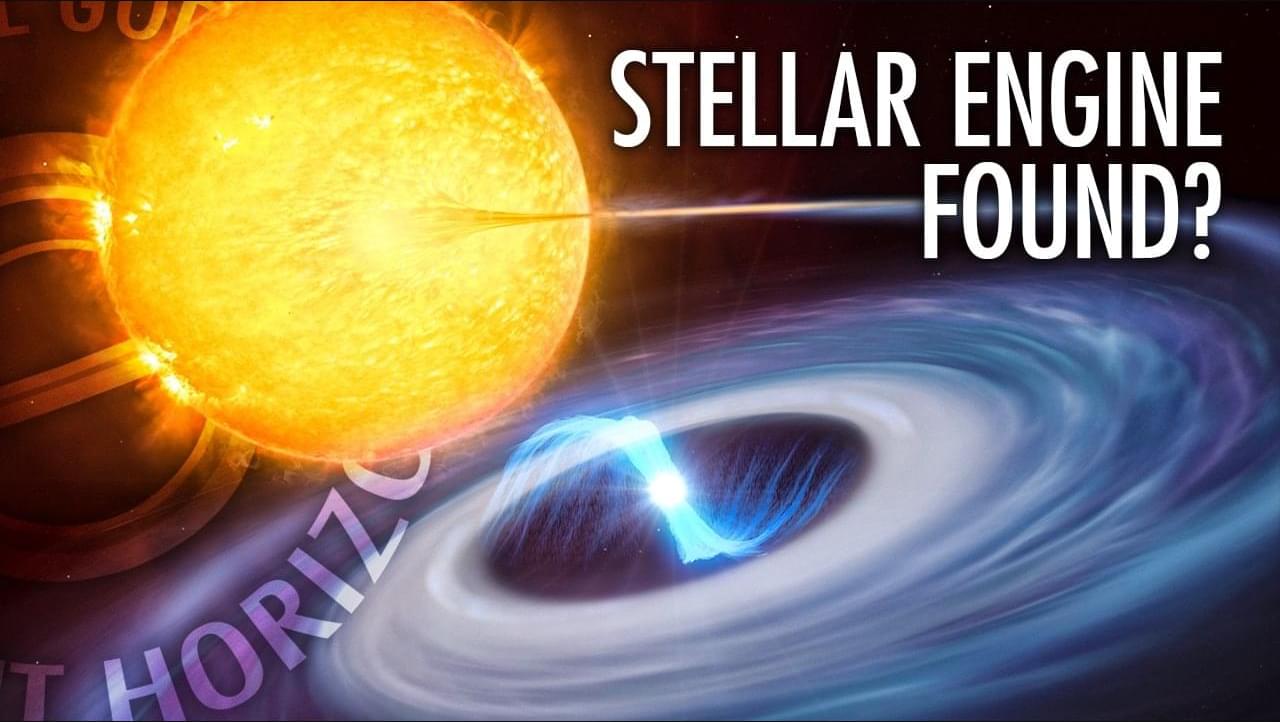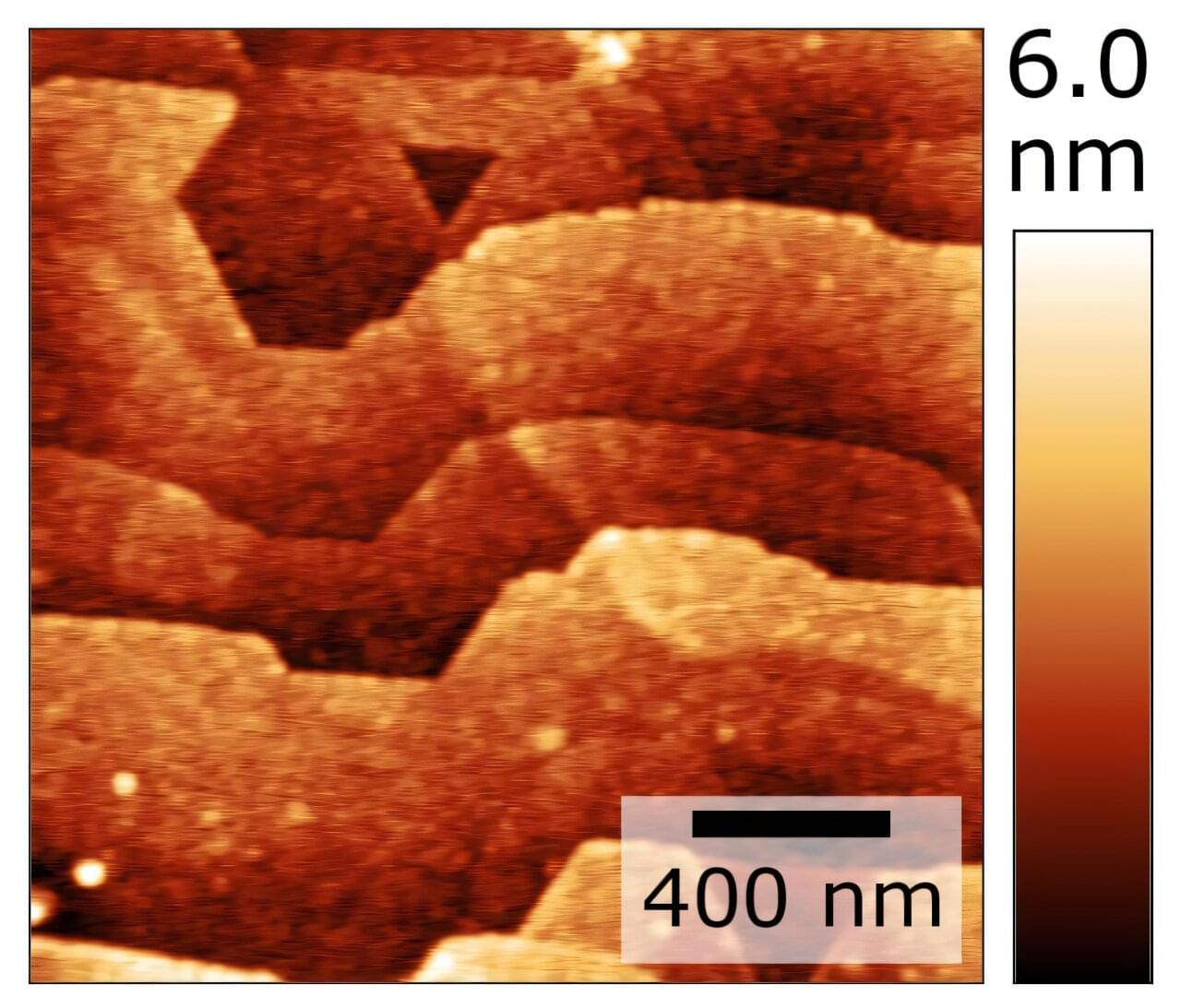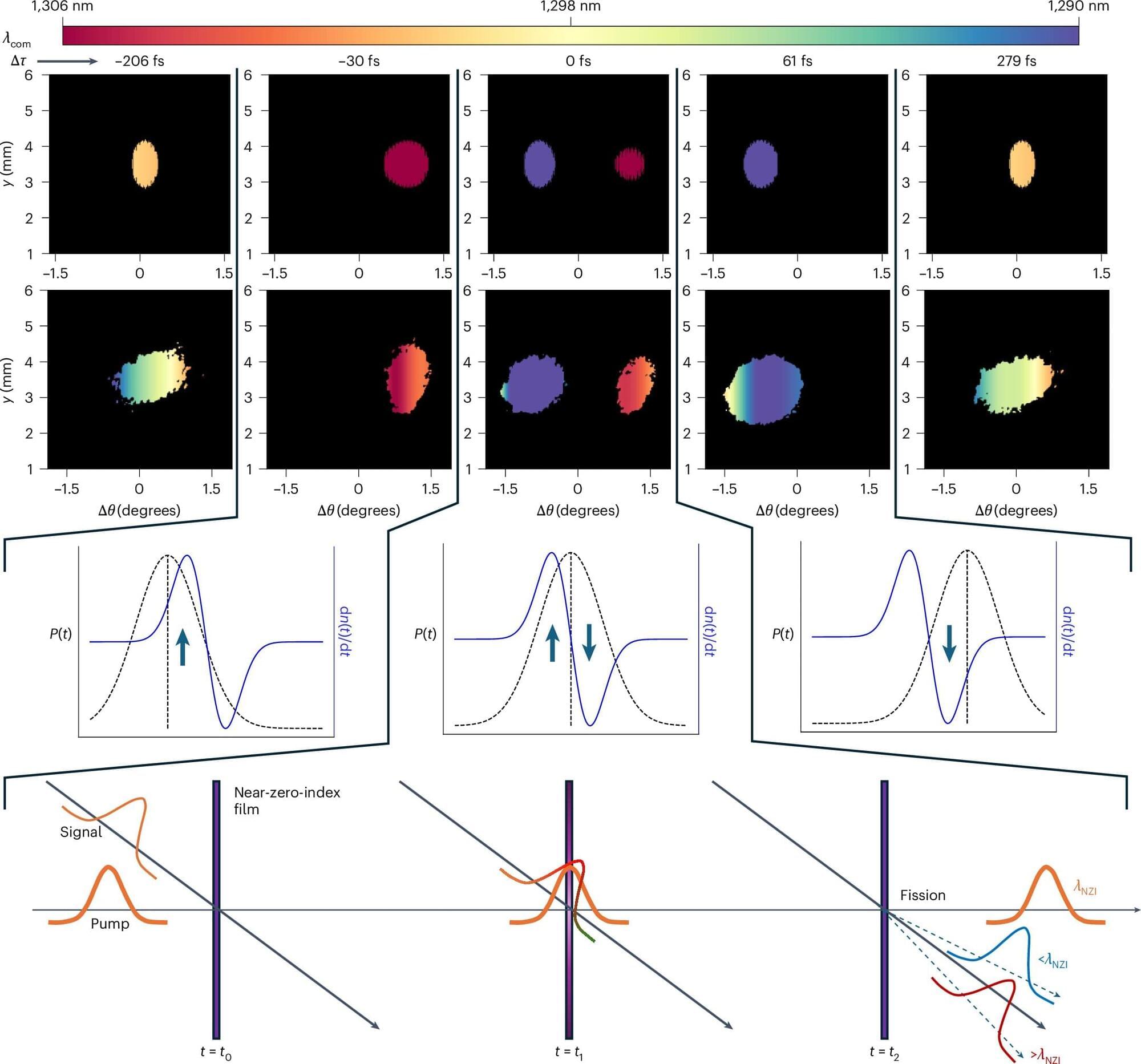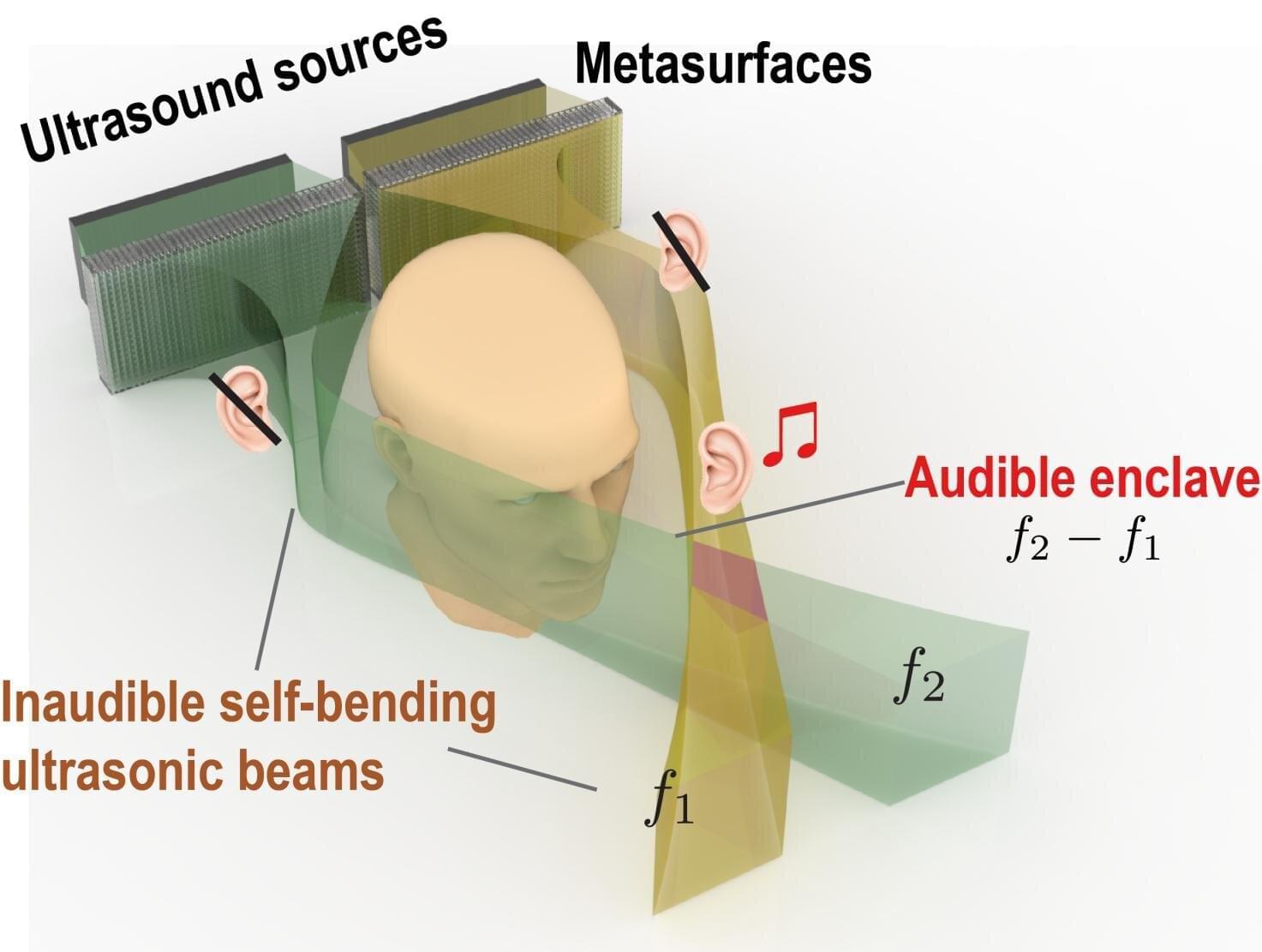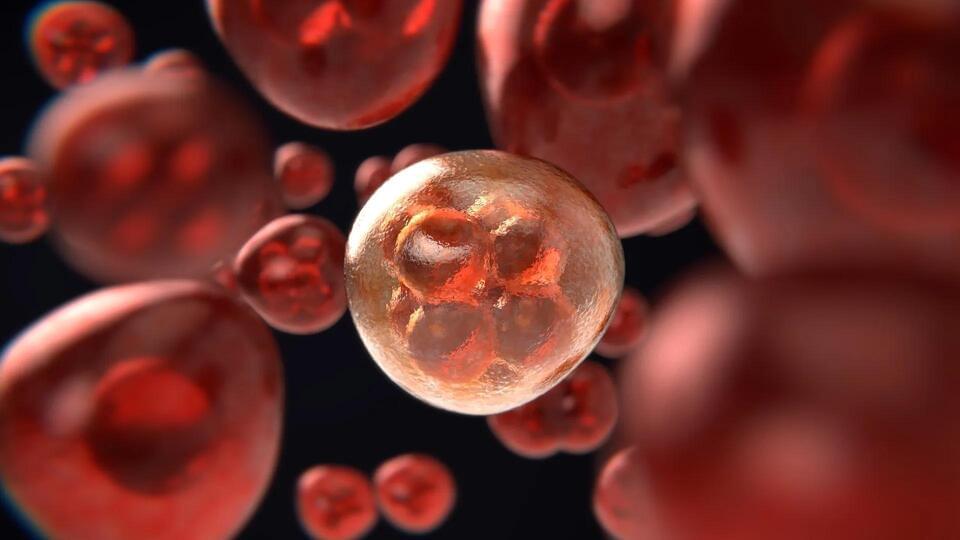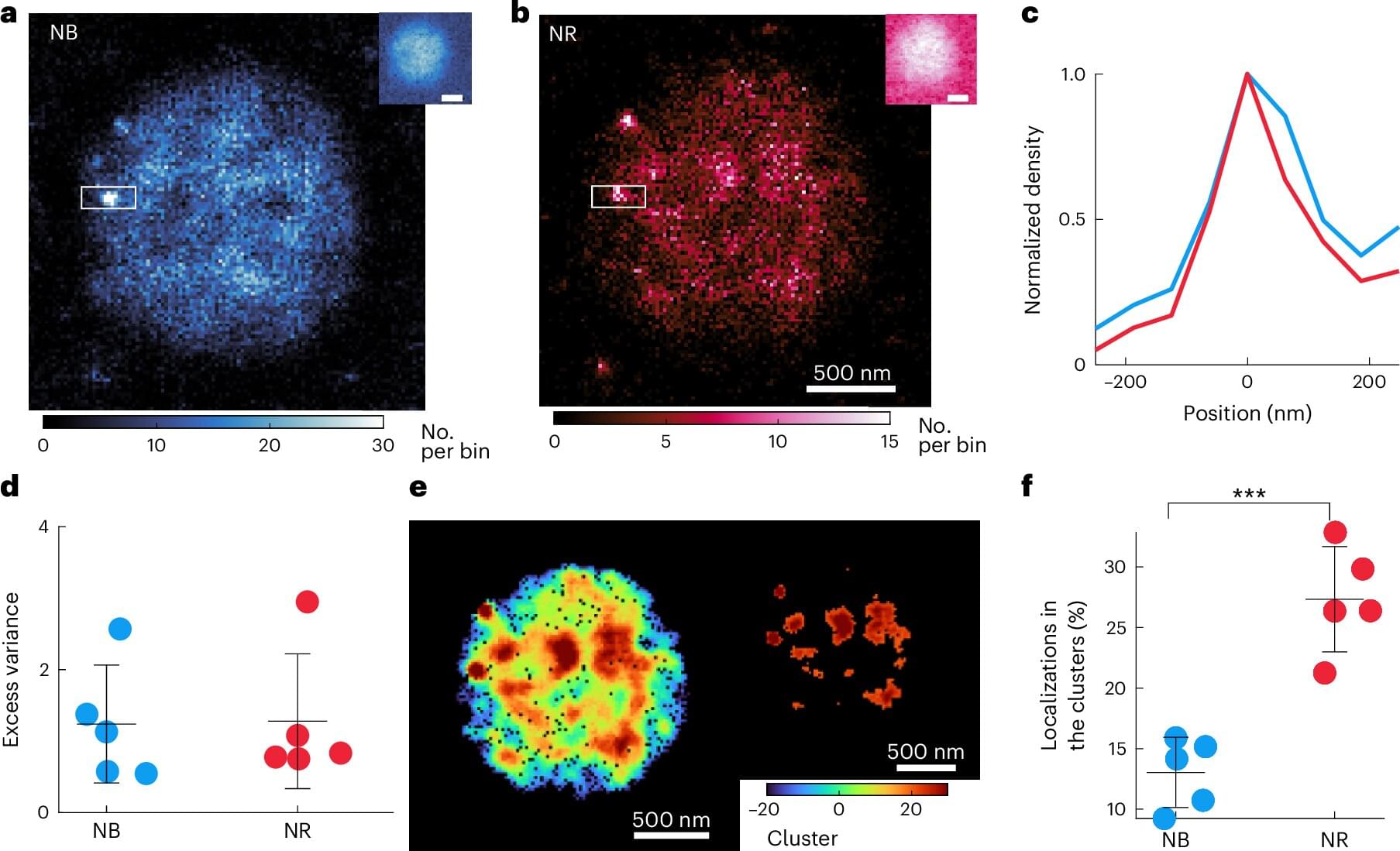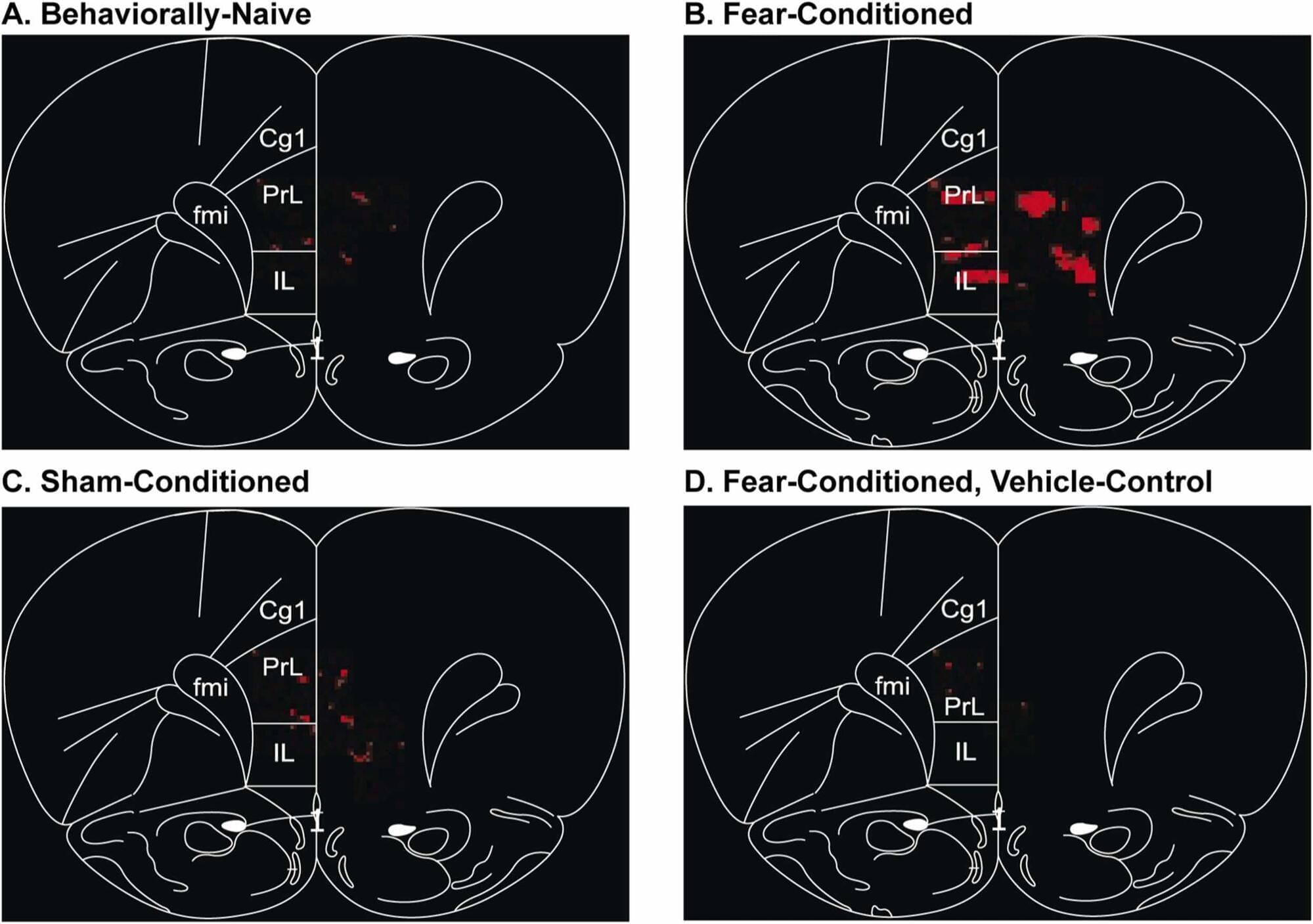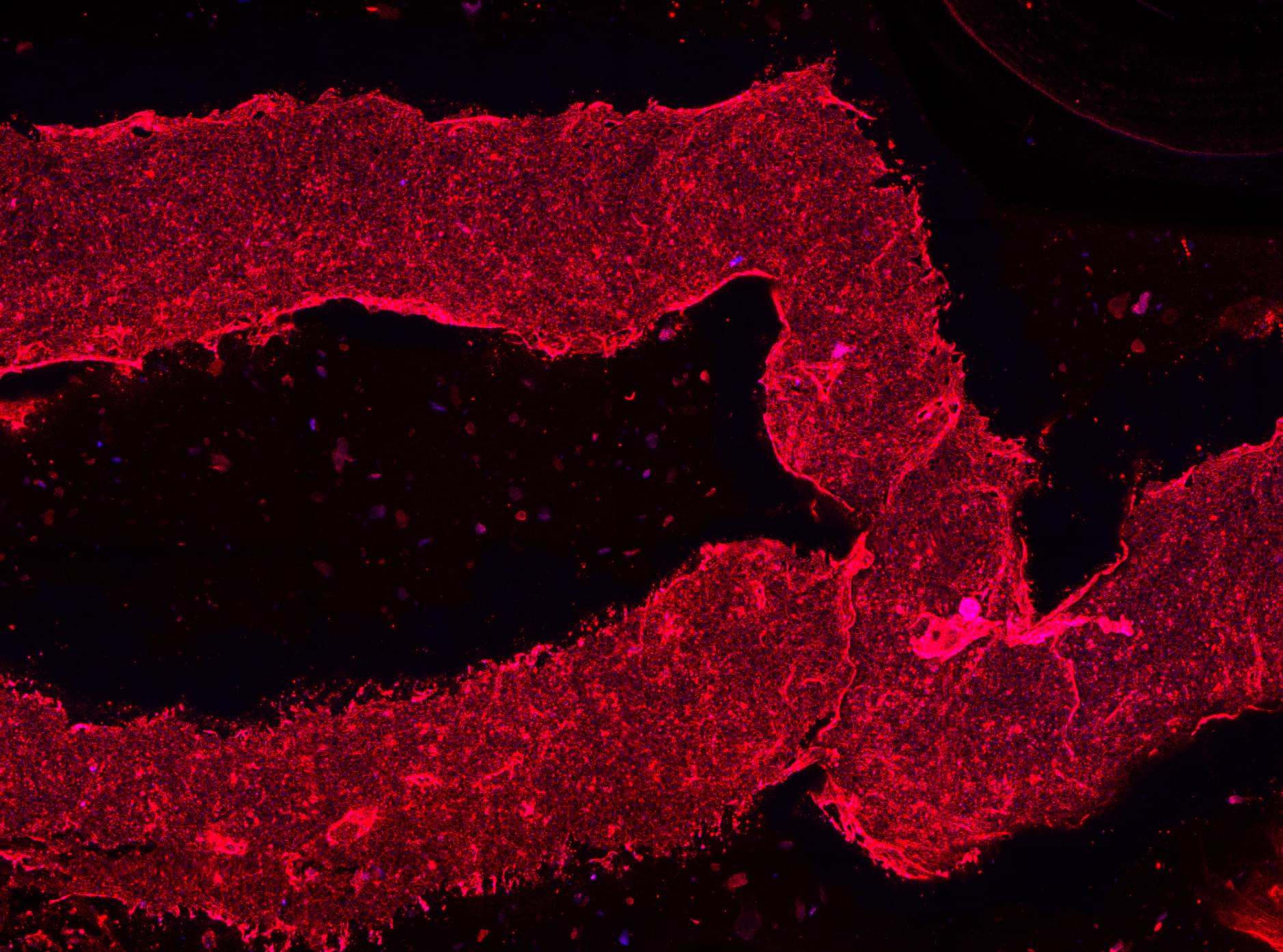Download Star Trek Fleet Command for FREE now here: https://bit.ly/3XYvSJ2 to support my channel, and enter the promo code VOYAGER30 to unlock Neelix, the morale officer from Voyager FREE.
Dr. Clément Vidal joins John Michael Godier to discuss his new paper on the Spider Stellar Engine, a hypothetical form of stellar propulsion using binary pulsar systems. The conversation explores how such systems could serve as **technosignatures**, the philosophy of post-biological civilizations, and the potential for advanced beings to manipulate entire stars or even create new universes.
Vidal, C. 2024. “The Spider Stellar Engine: A Fully Steerable Extraterrestrial Design?” Journal of the British Interplanetary Society 77 : 156–66. doi:10.59332/jbis-077–05-0156. https://arxiv.org/abs/2411.05038.
Vidal, C. 2019. “Pulsar Positioning System: A Quest for Evidence of Extraterrestrial Engineering.” International Journal of Astrobiology 18 : 213–34. doi:10.1017/S147355041700043X. https://arxiv.org/abs/1704.03316.
Delahaye, J. P., and C. Vidal. 2018. “Organized Complexity: Is Big History a Big Computation?” American Philosophical Association Newsletter on Philosophy and Computers 17 : 49–54. http://arxiv.org/abs/1609.07111.
#EventHorizon #SETI #Technosignatures #Astrophysics #StellarEngines #FermiParadox #ExtraterrestrialLife #Pulsars #SpaceExploration #PhilosophyOfScience #cosmology.
